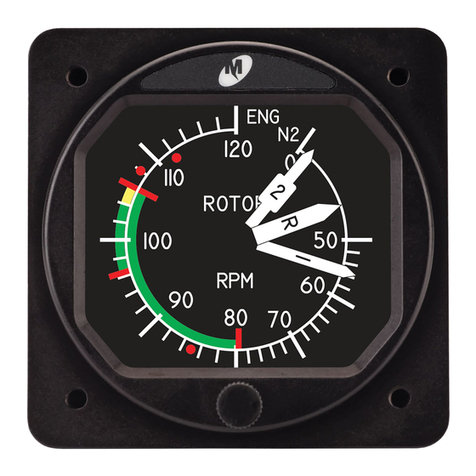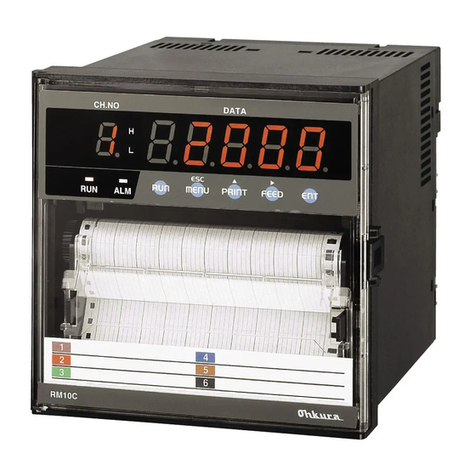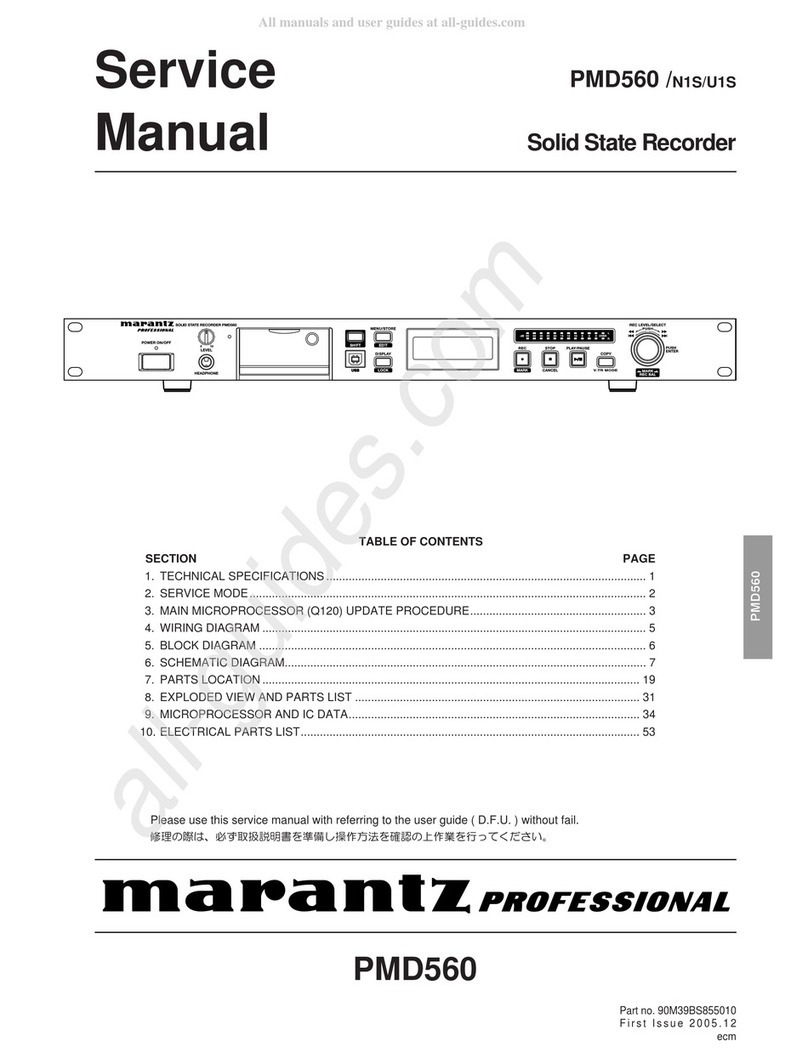daviteq WS433-CO2 User manual














This manual suits for next models
1
Table of contents
Other daviteq Measuring Instrument manuals
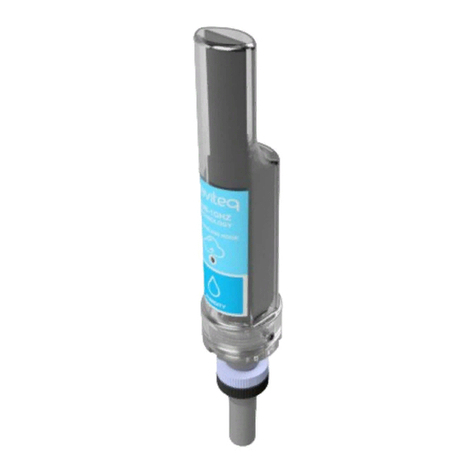
daviteq
daviteq WS433-M12F-ATH User manual
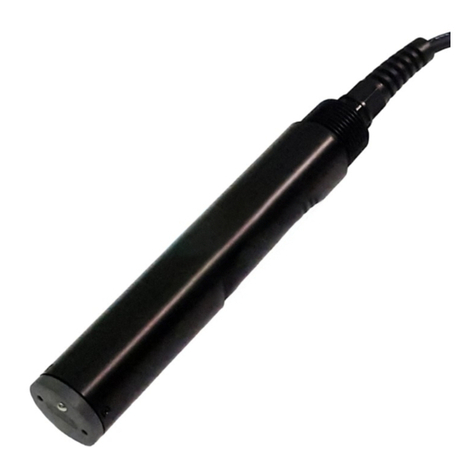
daviteq
daviteq MBRTU-TBD User manual
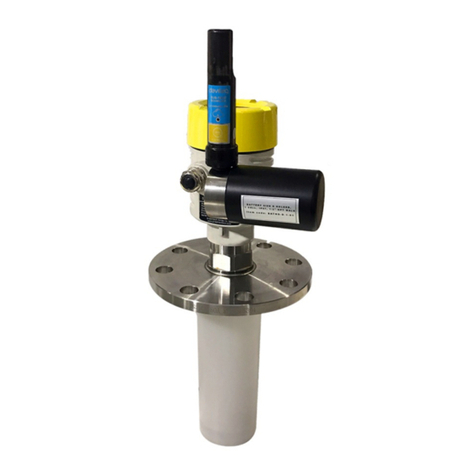
daviteq
daviteq WS433-MA-31 User manual
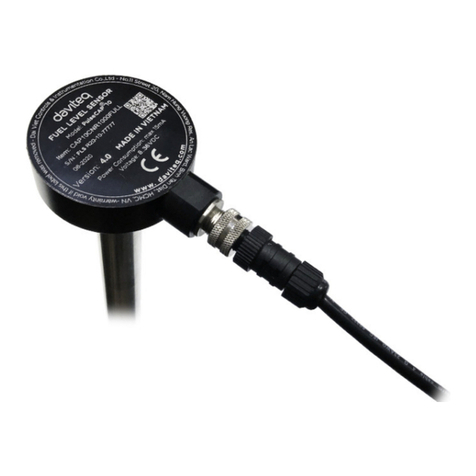
daviteq
daviteq WSSFC-G4F-NH3 User manual
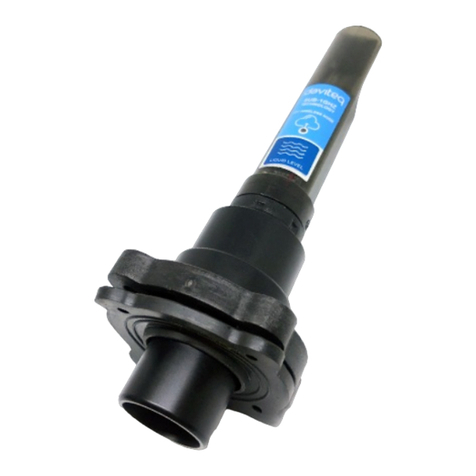
daviteq
daviteq WS433-ULC User manual
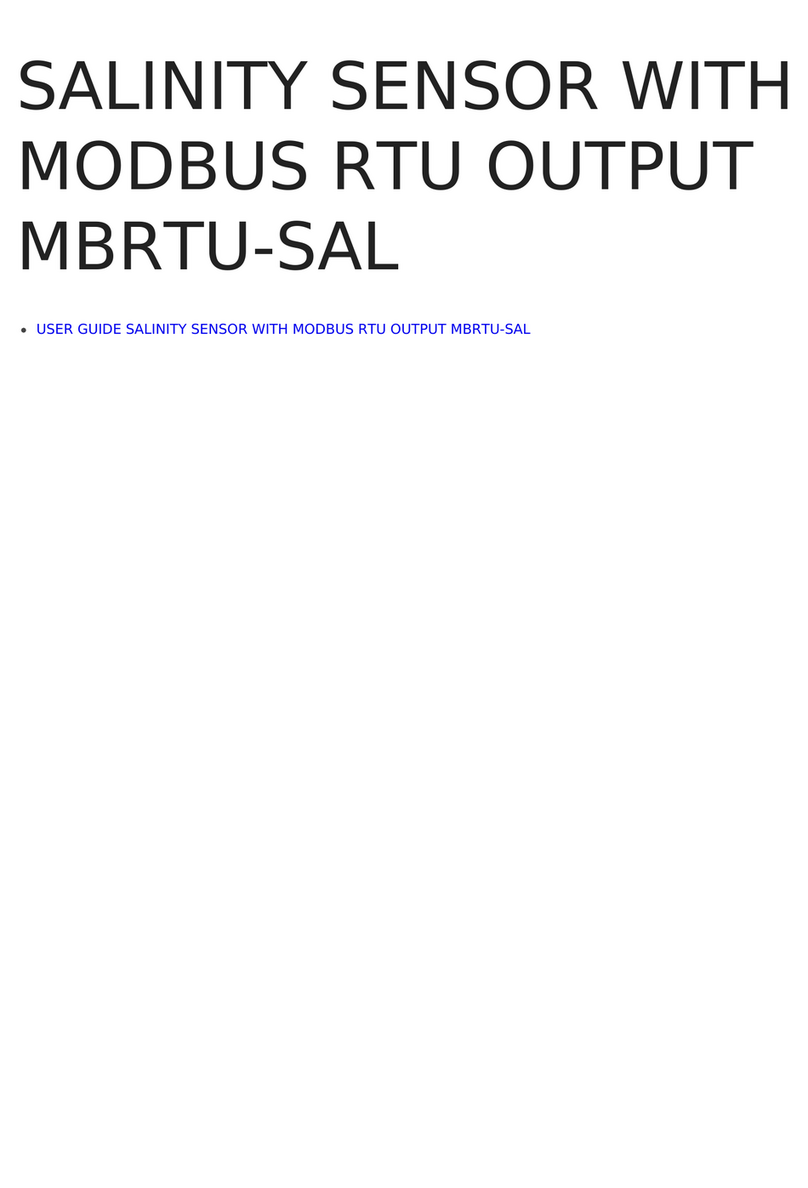
daviteq
daviteq MBRTU-SAL User manual
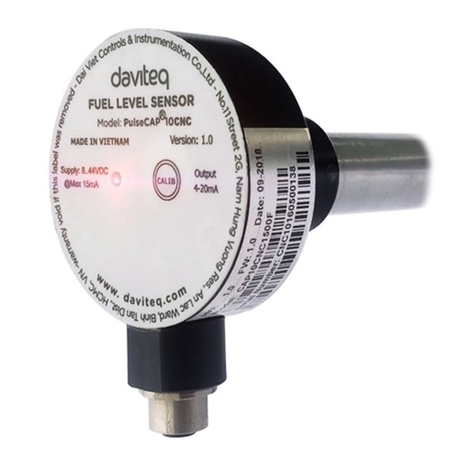
daviteq
daviteq CAP10CNC User manual
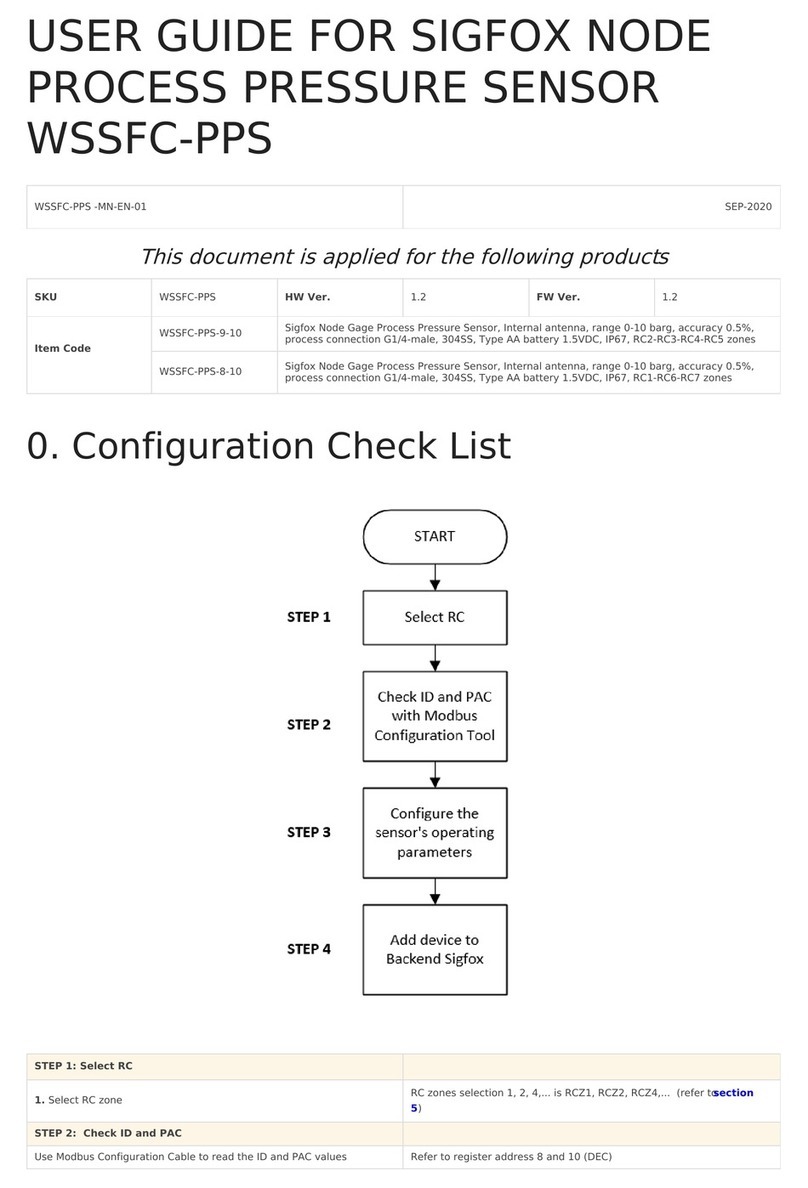
daviteq
daviteq Sigfox WSSFC-PPS User manual
Popular Measuring Instrument manuals by other brands

ABB
ABB ACF-NT installation instructions
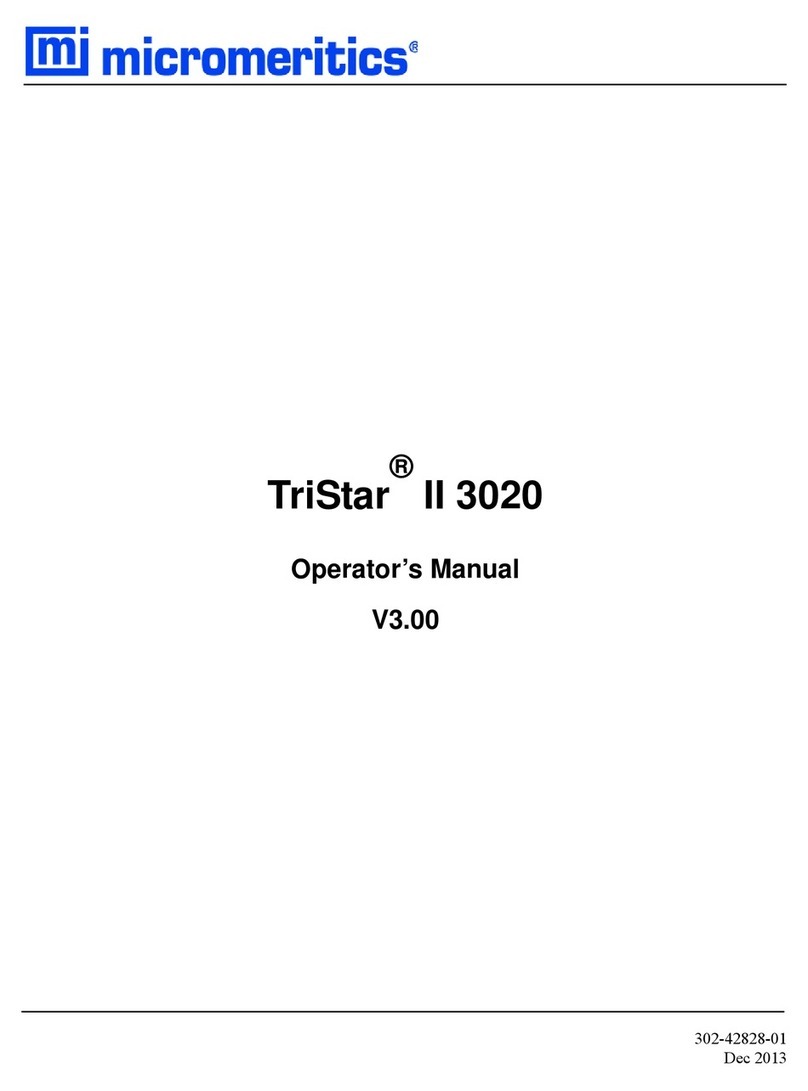
Micromeritics
Micromeritics TriStar II 3020 Operator's manual
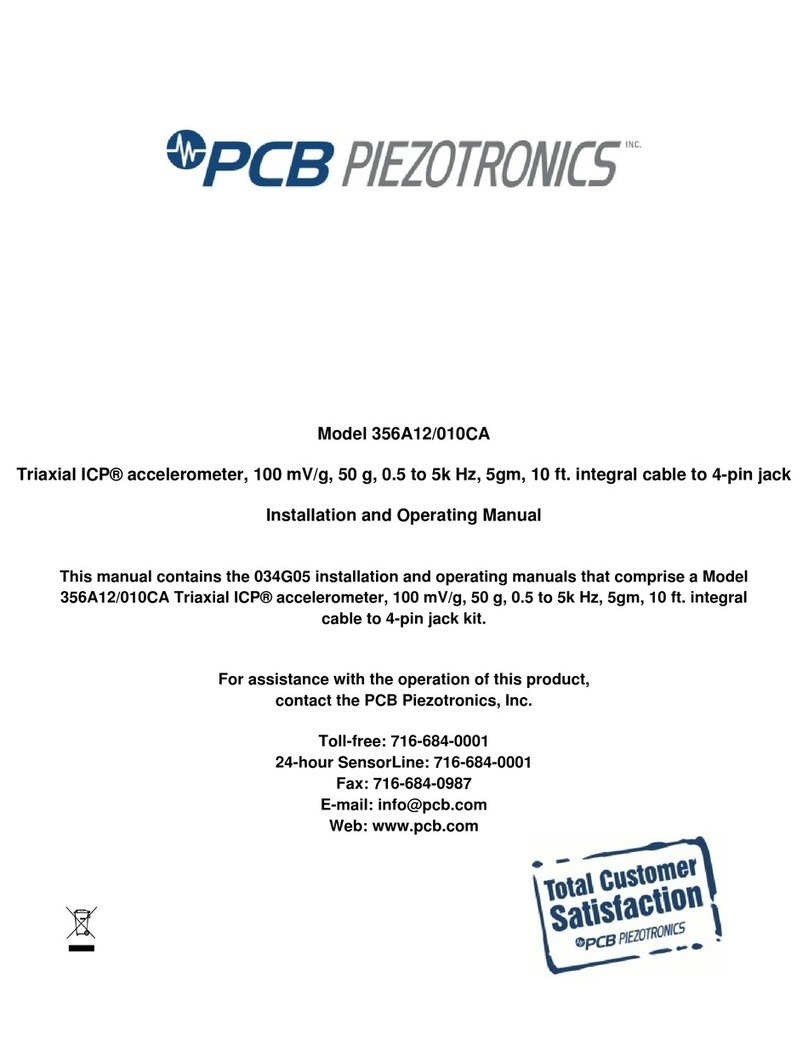
PCB Piezotronics
PCB Piezotronics Triaxial ICP 356A12/010CA Installation and operating manual
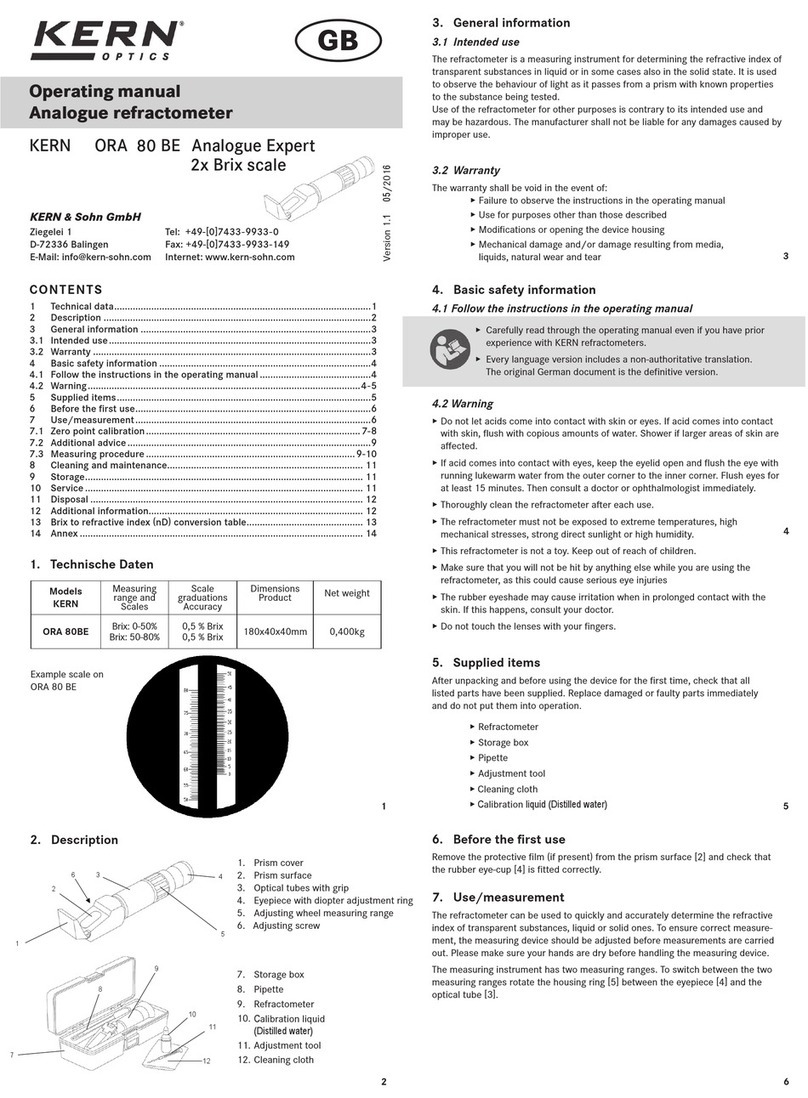
KERN Optics
KERN Optics ORA 80 BE operating manual
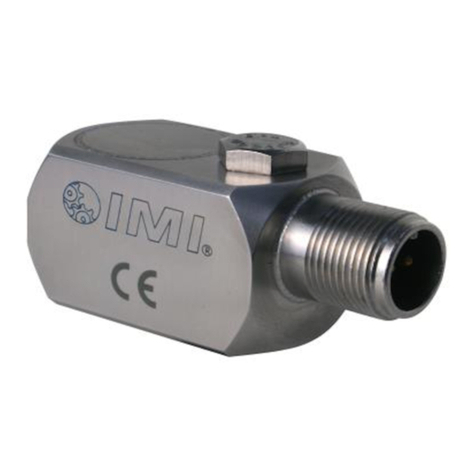
PCB Piezotronics
PCB Piezotronics IMI SENSORS EX637 Series Installation and operating manual
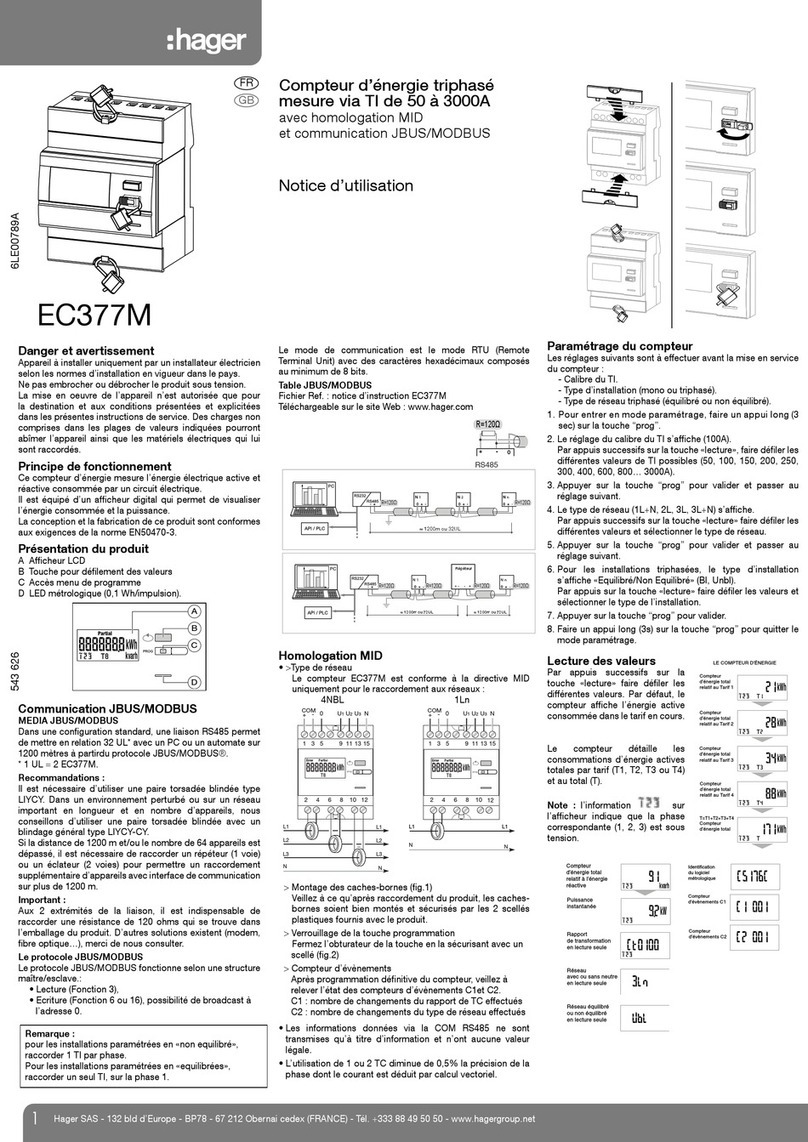
hager
hager EC377M User instructions
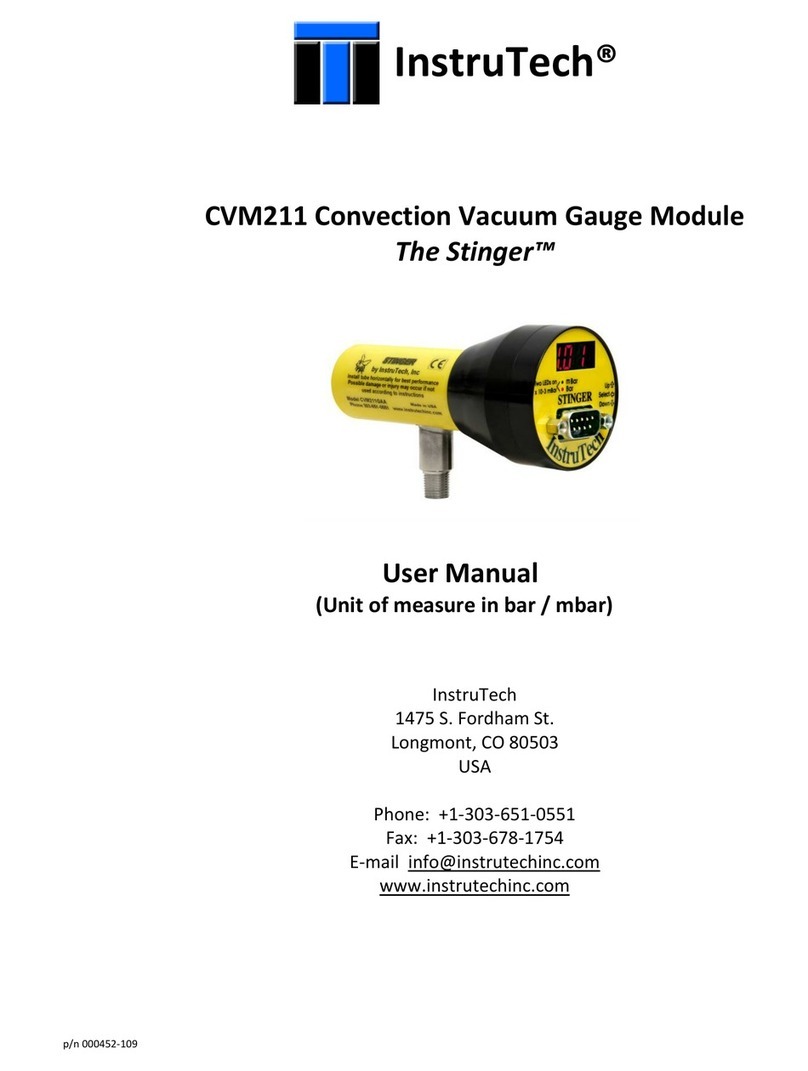
Instrutech
Instrutech CVM211 user manual

Agilent Technologies
Agilent Technologies 4286A user guide
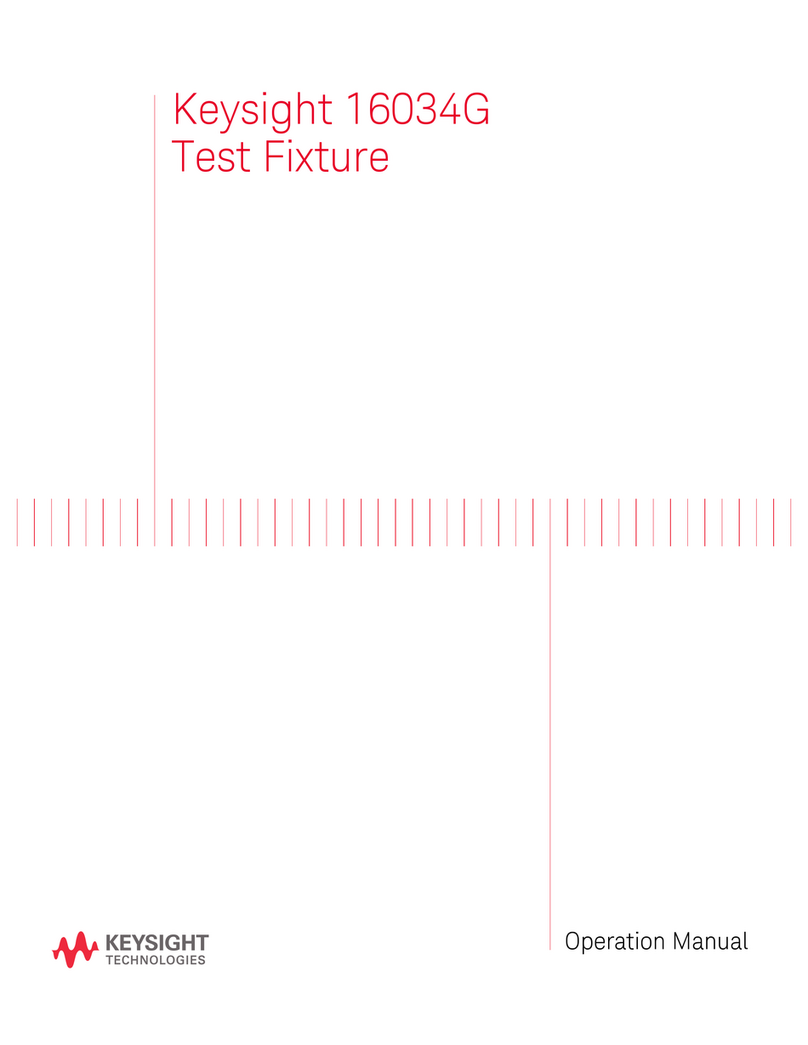
Keysight Technologies
Keysight Technologies 16034G Operation manual

BC Group International
BC Group International BC Biomedical SA-2600 user manual
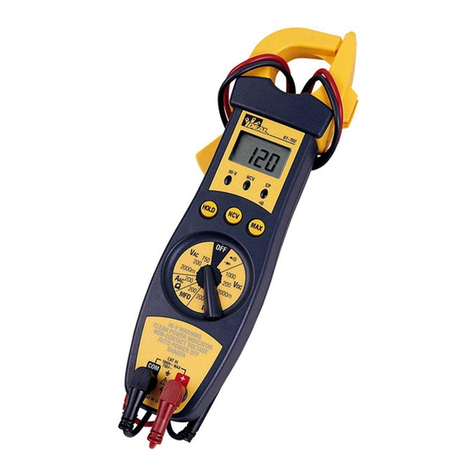
IDEAL
IDEAL 61-702 manual

Endress+Hauser
Endress+Hauser Micropilot FMR50 Brief operating instructions



